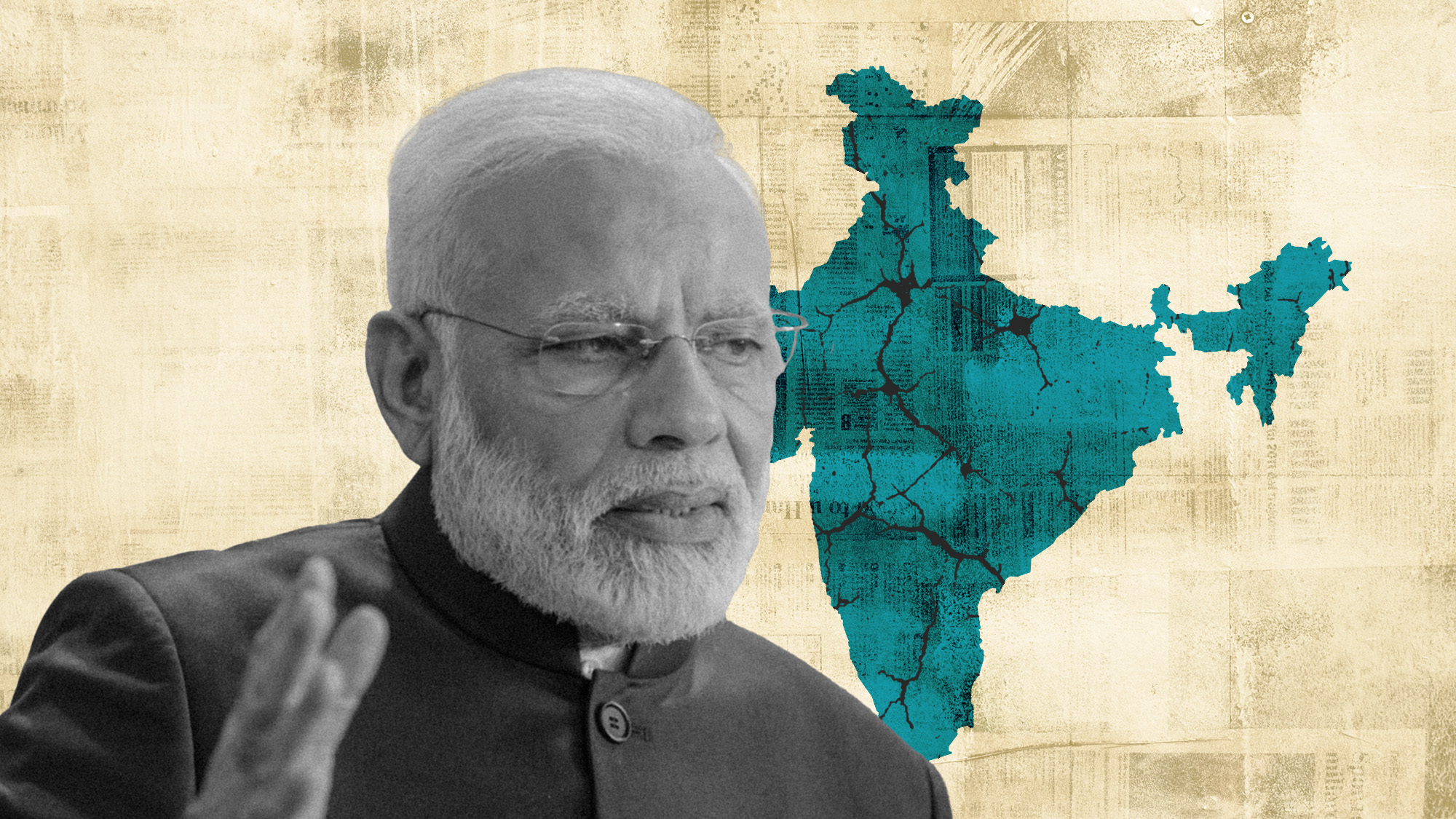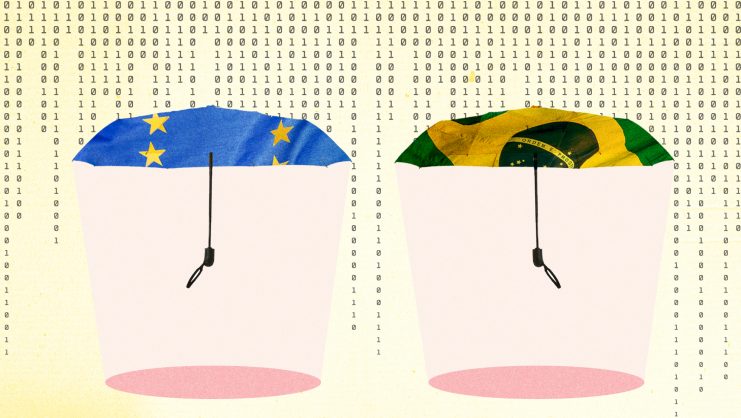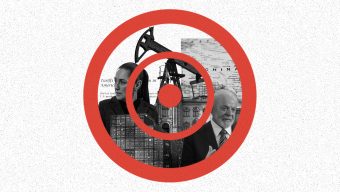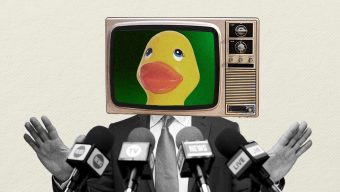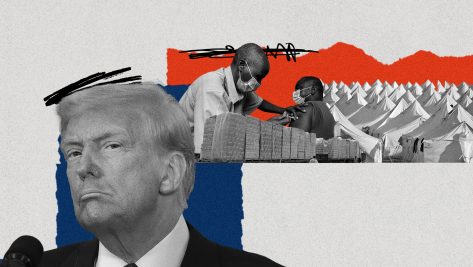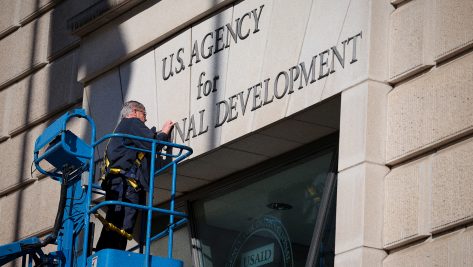In a year of big elections, among the biggest will be that of the globe’s most populous nation, India. Eligible voters of the country’s 1.4 billion citizens will head to the polls this April and the election is widely predicted to secure a third term for reigning Prime Minister, Narendra Modi.
Mr. Modi has been in power since 2014. Since then, he has successfully created a personality cult that would give even his archrival across the Himalayan border, China’s President Xi Jinping, a run for his Yuan. The Indian PM’s visage is plastered on bus stop hoardings and billboards in every city. Covid-19 vaccination certificates feature his image. By many accounts, Mr. Modi is the world’s most popular leader, although his critics would modify that adjective to “populist.” In a recently updated Global Leader Approval Rating Tracker, created by the US-based agency Morning Consult, Mr. Modi received nearly 78% approval ratings, the highest of any world leader.
As India’s elections loom, the opposition to the Prime Minister’s Bharatiya Janta Party (BJP), is in the kind of disarray that has become its primary characteristic over the last decade. The southern states of India continue to resist the BJP’s almost complete take-over of the North and West, but despite this regional opposition, Mr. Modi has emerged at a national level as a Presidential-style leader who brooks little dissent. And one who is consciously remaking the country in his personal vision of a highly centralized nation of Hindi-speaking Hindus, out of the ashes of what has historically been a diverse and polymorphic agglomeration of languages, religions, and ethnicities.
Mr. Modi is a two-headed hydra. One of these speaks of, and to, economic development, infrastructure construction, and a more muscular role on the global stage. The other is primarily concerned with religion and culture, launching a Reconquista of sorts against India’s 200 million Muslim citizens.
The statistical drumbeat of “development” includes some impressive facts like the 47,000 kilometers of new national highways rolled out, the 113 million new toilets built in a country plagued by the practice of open defecation, and a slew of high-profile ports, airports, and bridges. Amongst the latter is the world’s highest railway bridge, the Chenab, which is taller than the Eiffel Tower in Paris. Located in the northern state of Jammu and Kashmir, it was recently inaugurated by the Prime Minister to much fanfare.
The Reconquista-avatar of Mr. Modi, on the other hand, is as atavistic, as his development face is all about techno-modernity. In a line of reasoning that has been actively encouraged by the Prime Minister and his Party, India is increasingly being cast as a civilization that was not only colonized for 250 years by the British – the trope that was my generation’s gospel – but for over 1,000 years.
Under Mr. Modi, that idea of an India based on plurality is being replaced by one of an India of purity.
In the Modi version of Indian industry, colonization began with the arrival of Muslim invaders to the subcontinent in the eighth century and includes the rule of the Mughal dynasty. The founder of the latter was from central Asia. However, over the more than 300 years of the dynasty’s (1526 to 1857) sovereignty in India, it became as Indian as turmeric, at least in the historical tellings popularized by Indian nationalists like Mahatma Gandhi.
Jawaharlal Nehru, independent India’s first Prime Minister, famously described the country as an “ancient palimpsest on which layer upon layer” of history had been inscribed, without ever fully effacing the previous ones. However, under Mr. Modi, that idea of an India based on plurality is being replaced by one of an India of purity.
In the BJP’s narrative, the underpinnings of the country lie in a nativist metaphysics that are undiluted by centuries of invasions — first Islamic and then European — that India suffered. Their ideology of Hindutva – of India being a civilizational state with Hinduism at its center – strives to erase the layers of the palimpsest that Nehru championed and return it to so-called civilizational-first principles, which are Hindu.
In January this year, an unequivocal trumpeting of this version of India was seen when a temple to the Hindu God Ram was inaugurated in the northern city of Ayodhya, by Mr. Modi himself, acting as both political and religious head of the country. The spot at which the temple was built has been the subject of bitter sectarian violence in the past.
Until 1992, a 16th-century mosque stood there, which was then razed to the ground by Hindutva mobs who claimed to be correcting a historical wrong, since the mosque itself had been erected 400 years ago upon the ruins of a temple that ostensibly marked the very spot where the God, Ram, had been born. The event led to a spasm of violence between Hindus and Muslims in which at least 2,000 people were killed, the majority being Muslims.
In India, the Hindu right wing rode the Ram temple movement through the 1990s, to become the dominant political force it is today. The opening of the temple at Ayodhya is widely seen as marking the unofficial start of Mr. Modi’s campaign for a third term. It is the culmination of his remaking of India away from the secular, pluralistic ideals of what now appears to be the first (and soon to be past) phase of post-independence history.
However, it would be a mistake to dismiss the Prime Minister as merely an evil demagogue, as some of his critics on the Left do. Much of Mr. Modi’s popularity rests on the ideology of Hindutva, but the other head of the hydra will also have a role to play in the upcoming elections. Mr. Modi is adored by the scions of industry who approve of his business-friendly policies aimed at cutting red tape and easing the conduct of business in the country. Simultaneously, he has emerged as a champion of the poor, by supplying food and cooking gas at subsidized rates through programs branded as his personal gifts to lower-income households. He has also pushed for digital technologies, which have enabled the direct provision of welfare and the reduction of intermediary corruption.
Mr. Modi’s ultimate legacy will depend on whether his narrowly cultural definition of India is able to replace the pluralistic version that had enabled the nation to avoid the Balkanization that many Western commentators had thought to be its inevitable destiny.
In the past, I have argued that India could be a role model of sorts for the European Union, were it to care to learn from a “less-developed” country. Modern India was in some respects a proto-EU: a large region of immense diversity wrought into a strong political and economic unit. Like the EU, India has more than 20 official languages, and the two share the motto of “unity in diversity.” Indeed, by its very existence against the norms of European political convention which hold that nation-states with a single ethnicity, language, and religion are the only “natural, political units,” India had something to teach Europe.
The civilizational state that Mr. Modi and his supporters are attempting to “return to” is in fact a modern construct, closer to a Hindu Pakistan, a Spain cleansed of Muslims, or a Germany of Jews, than any historic state of cultural purity.
What is certain is that a third victory for Mr. Modi, as seems likely, is only going to amplify the Indian Prime Minister’s almost divine aura, and up the ante of triumphalism that is the hallmark of his supporters. The longer-term legacy, that of the deep fault lines that Mr. Modi’s rule has exacerbated, will in that moment of victory be temporarily obscured. History is a long-term game, though, and the judgment of its Furies remains less clear.
© IE Insights.



